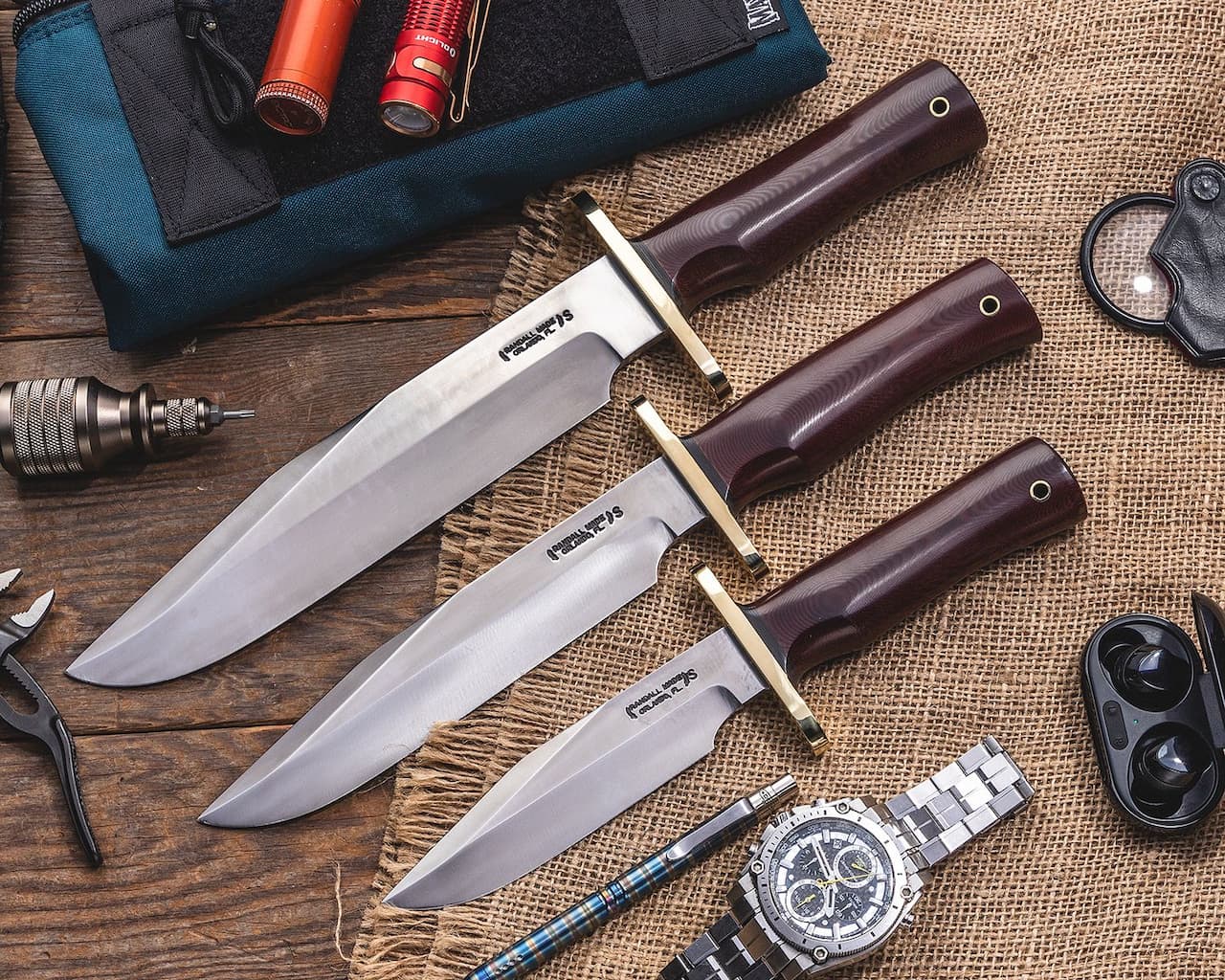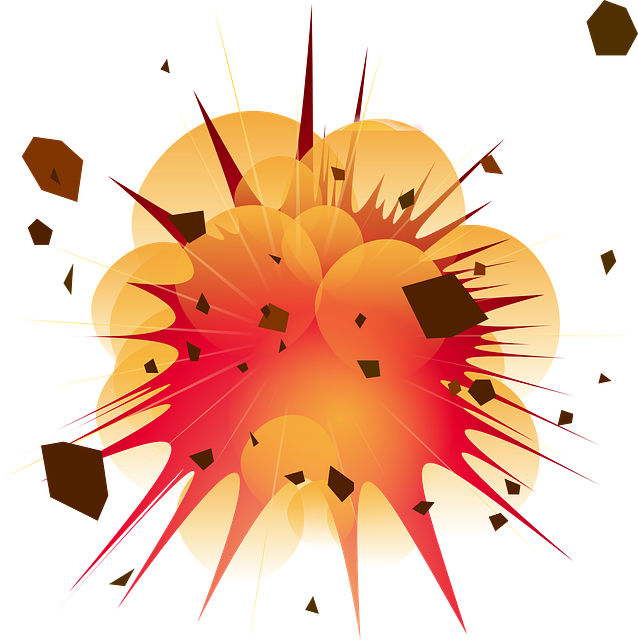The history of military aviation is not only about planes, bombs, and bullets; it also encompasses the smaller, personal tools that pilots carried with them. Among these, knives stand out as quintessential survival implements, tools for various tasks, and sometimes, last-ditch defensive weapons. During the Vietnam War, the skies over Southeast Asia saw fierce aerial combat and perilous sorties, making the tools Air Force pilots carried as important as the aircraft they flew. This article delves into the variety of knives used by U.S. Air Force pilots during the Vietnam conflict.
Traditional Military Issue – The Camillus Survival Knife
The most commonly associated knife with Vietnam-era pilots, across all services, was the Camillus survival knife, or the USAF Pilot’s Survival Knife. This knife featured a 5-inch blade with a serrated spine, designed specifically to aid downed pilots in cutting through the dense jungle canopy if they needed to make a shelter or signal for rescue.
Its design originated from World War II experiences, highlighting the importance of a robust, versatile survival knife. Made of high carbon steel, it was both tough and easy to sharpen in field conditions. The crossguard helped to protect the user’s hand and served as a functional tool for prying or digging.
Randall Made Model 14 – The “Attack” Knife
While not standard military issue, the Randall Made Model 14 “Attack” knife gained a reputation among those who could afford one. Many officers, including a number of pilots, purchased these knives privately due to their build quality and utility. Boasting a 7.5-inch blade constructed from stainless steel, its heft and balance were appreciated in the rugged conditions of Vietnam.
Randall Made knives also have a distinct aesthetic, with a forward-curving hilt and uniquely textured handle, often made from leather washers. The Model 14, in particular, became a symbol of prestige and personal choice, often contrasting with the standardized military-issued gear.
Gerber Mark II – The Dagger of Choice
Another non-issue but immensely popular knife was the Gerber Mark II. With its distinct double-edged, wasp-waisted blade, it was a fighting knife in its purest sense. While primarily designed for combat rather than survival tasks, many pilots who expected to face close-quarter combat scenarios preferred the Mark II. Its design was heavily influenced by the Roman Gladius, making it effective for both stabbing and slashing.
Its black blade reduced reflections, and its unique shape made it instantly recognizable among the variety of knives used during Vietnam. While not as versatile as the Camillus for survival tasks, the Gerber Mark II held its own in the roles of both a weapon and a tool.
Special Forces and CIA-issued Knives
Pilots working on covert operations, often in collaboration with Special Forces or the CIA, sometimes had access to specialized equipment. Among these were unique knives not commonly seen in the hands of regular Air Force personnel. The SOG (Studies and Observations Group) knife is a prime example, designed for MACV-SOG operatives working behind enemy lines. Its design was inspired by a blade used by indigenous Montagnards, allies to U.S. forces during the war.
While not widely distributed among pilots, there are records of some aviators, particularly those attached to specialized units or on covert missions, carrying these blades. Their rarity, combined with their association with elite forces, made them coveted items both during and after the war.
Conclusion
The Vietnam War was a complex conflict, with its air campaigns and missions reflecting the multifaceted nature of the ground war below. For the pilots who braved the skies of Southeast Asia, their knives were more than just tools or weapons. They were lifelines in the event of a downed aircraft, symbols of personal choice in a vast military machine, and, at times, a connection to elite and covert units that operated in the shadows of the conflict.
While the aircraft, tactics, and outcomes of aerial engagements are often the focus of military studies, it’s essential to remember the personal stories and tools that accompany them. The knives of the U.S. Air Force pilots in Vietnam serve as a reminder of the individual within the cockpit, facing both the dangers of combat and the unpredictable challenges of survival.
P.S. Discover the Edge of History: Noblie Knife Blog
A blade is more than just a tool or weapon; it’s a testament to human ingenuity, an art form, and a window into our past. Dive deep into the world of knives, their rich history, and the mastery of knife-making with Noblie’s meticulously curated blog.
With each blog post, Noblie Custom Knives unwraps the layered stories of blades from different eras, cultures, and purposes. Whether you’re captivated by the romance of medieval daggers, intrigued by the evolution of hunting blades, or inspired by the precision of modern custom knife-making, there’s a story waiting for you.
But it’s not just about the past; Noblie’s blog is a fusion of tradition and innovation. Get insights into the latest trends in knife-making, discover the technical nuances behind crafting the perfect blade, and get a behind-the-scenes look at how Noblie’s own exquisite custom knives are brought to life.

